Hello Chritmas bunnies today we are looking at
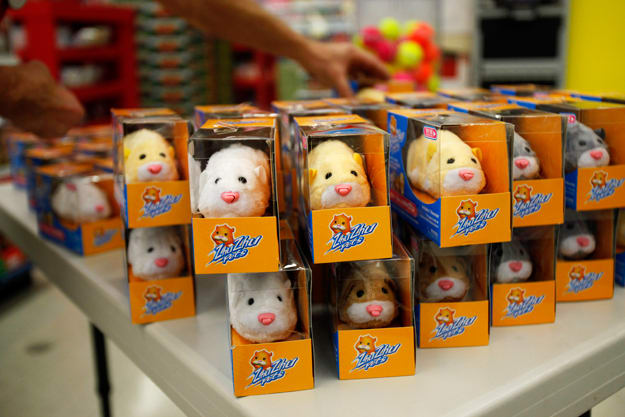

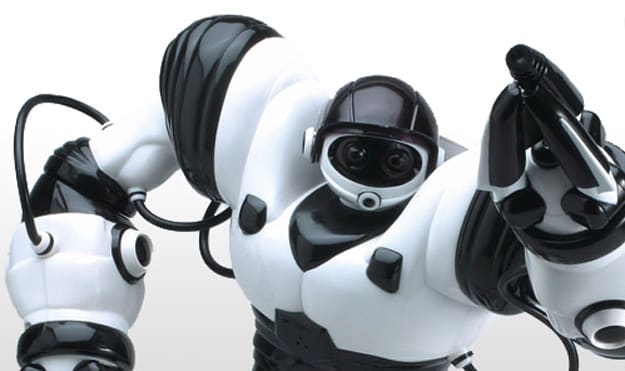
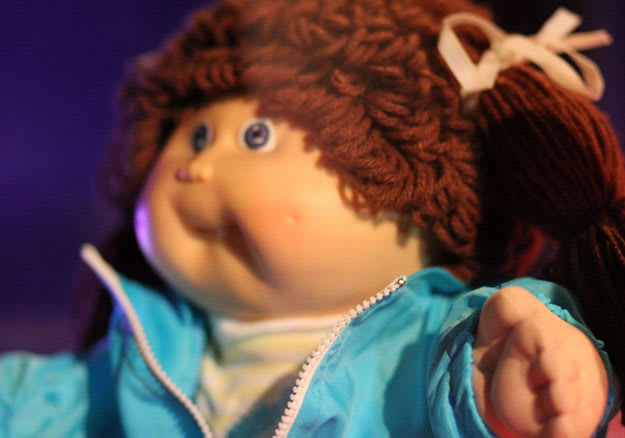
10 XMAS TOY CRAZES
NUMBER 10 Zhu Zhu Pets

The cast of battery-operated hamsters, with cuddly monikers of PipSqueak, Mr. Squiggles, Num Nums, Chunk, and Patches, were a welcome respite to parents last year. The battery-operated hamsters were less smelly and less messy than their living counterparts, and, priced at less than $10, they were cheaper than trendy toys of years past—assuming parents could find them
NUMBER 9 Squinkies
Squinkies landed on store shelves in August 2010, but sold out at Target by the end of the first week and now stores are limiting the number of Squinkies a person can snap up. Like many toy fads that have done well during previous holiday seasons, Squinkies are small, cheap and collectible
NUMBER 8 Lalaloopsy Silly Hair Star, Harmony B. Sharp

There was no real breakout toy of 2011. “We are not seeing clamor for any single item,” Stephanie Lucy, vice president for Toys at Target told The New York Times last year. But this year, the new Lalaloopsy Silly Hair doll, Harmony B. Sharp, has made the most-wanted list
NUMBER 7 RoboSapiens

The RoboSapien introduced new sophistication into the robot toy craze. Not only can the little black-and-white android walk, talk and dance, it was designed by creator Mark Tilden to be hacked. Straight from the box, the innocent robot will stretch its arms and yawn, but with a little creative tinkering with its internal tech toolbox, it can be armed with just about anything.
NUMBER 6 Goldeneye 007
Loosely based on the 1995 film Goldeneye, this first-person shooter videogame for the Nintendo 64 console was one of the most in-demand gifts during the 1998 holiday season. In particular, its multi-player death-match mode, deftly utilizing the N64’s four-player capabilities, was wildly popular among teens, and served as a forerunner to current multi-player shoot-em-ups like the Halo and Call of Duty games.
NUMBER 5 Furby
With its big, owl-like eyes, and 5-inch tall, hamster-esque body, this robotic pet became the must-have toy following its release during the holiday season of 1998. The painfully cute animatronic toy would first speak “Furbish”—an invented language concocted from Japanese, Thai, Hebrew, and Mandarin Chinese, and gradually learn to speak English as it became exposed to the language. Retailing for around $35, 1.8 million Furbies were sold during the holiday season of 1998, followed by another 14 million in 1999, leading Time magazine to write this about the highly sought-after item: “Your kid won't stop begging for a Furby, right? She says they squawk in kiddie gibberish and make gurgling noises and sing songs. And you've driven to every mall in the state and still can't find it. Your next-door neighbor traded his car for a dozen on a black-market website, but he's hoarding them until just before Christmas, prime time for scalping.
NUMBER 4 Tamagochi
This handheld digital pet, created in Japan by Bandai, comes housed in a keychain-size, egg-shape computer equipped with a three-button interface. As soon as the tag was removed, an egg would appear, hatch, and then the owner would have to care for their brand new virtual pet—feeding and entertaining it, as well as cleaning its poop. If the pet was left unattended for around five or six hours, it would die. The toy became so addictive for children that the Greenville Elementary School in Edgemont, New York, was forced to ban the pet after third graders who were taking a standardized test repeatedly put down their pencils to feed it, according to The New York Times. “'The children were more concerned with the toy than with succeeding in the test,'” said Andrea Silverman, a special-education teacher.
NUMBER 3 Beanie Babies
Beanie Babies weren’t popular because they were especially inventive. They were popular because Ty Warner Inc. embarked on a successful marketing strategy that turned Beanie Babies from fad to collector’s item. The success of the Beanie Babies spawned numerous counterfeit stuffed collectibles, and Mary Beth’s Beanie World Magazine, whose second issue sold an unverified 440,000 copies.
NUMBER 2 Game Boy
Nintendo, of course, wasn’t only about the home videogame consoles. The company developed a television show around stars Mario and Luigi and the Nintendo magazine had 1 million subscribers in 1989. That year it released the Game Boy, a gray-and-white handheld video game device that outslugged its much more graphically enhanced competitors to eventually become the top-selling game of all time, with well over 100 million units sold by 2000
NUMBER 1. Cabbage Patch Kids

The “inventor” of Cabbage Patch Kids, Xavier Roberts, struck gold when he figured out that parents were willing to cough up extra money for dolls marketed with “adoption certificates.” After a few years of gaining popularity, Cabbage Patch Kid became the toy of 1983—causing near-riots at some stores short on inventory—and the popularity of the Cabbage Patch Kids lasted for years. In 1984 sales of Cabbage Patch Kids and licensed products reached $1 billion, helping parent company Coleco offset losses from the aforementioned Icarus-like ColecoVision. The Babyland General Hospital—a 70,000-square-foot building sitting on 650 acres in Cleveland, Ga.—was erected in 2007 to house a history of Cabbage Patch Kids. More than 115 million Kids have been sold to date.
We hoped you liked this post and as always have a chilled day from the viking and merry xmas mmy friends
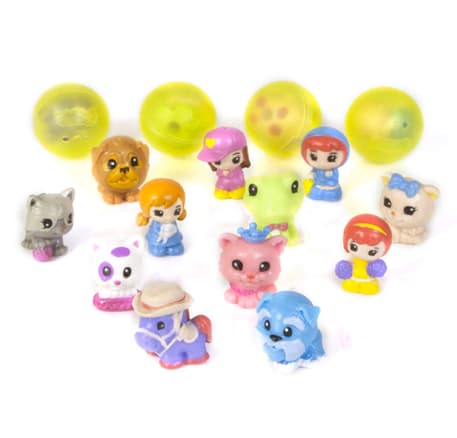
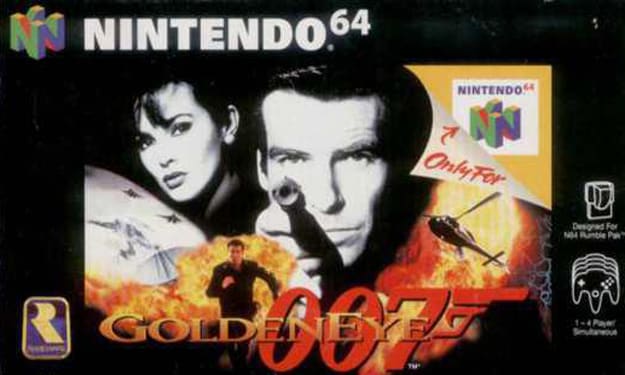

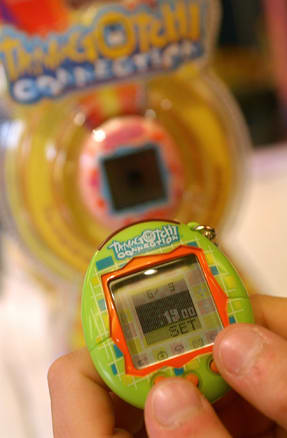
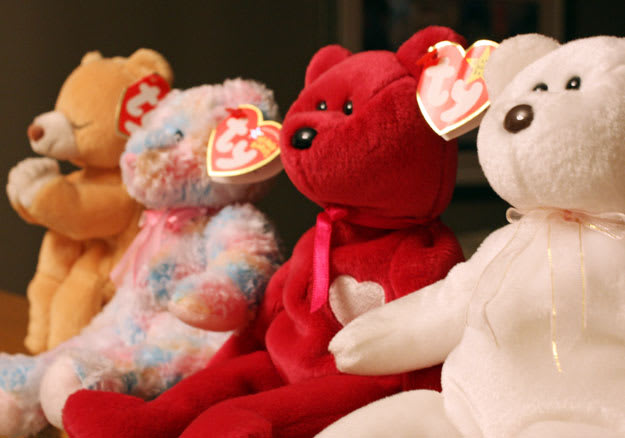
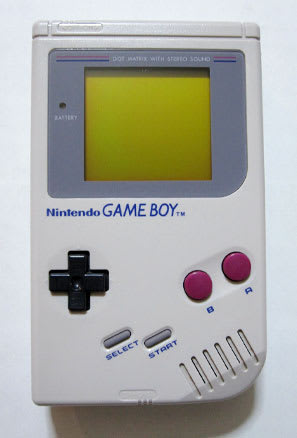
Comments
Post a Comment